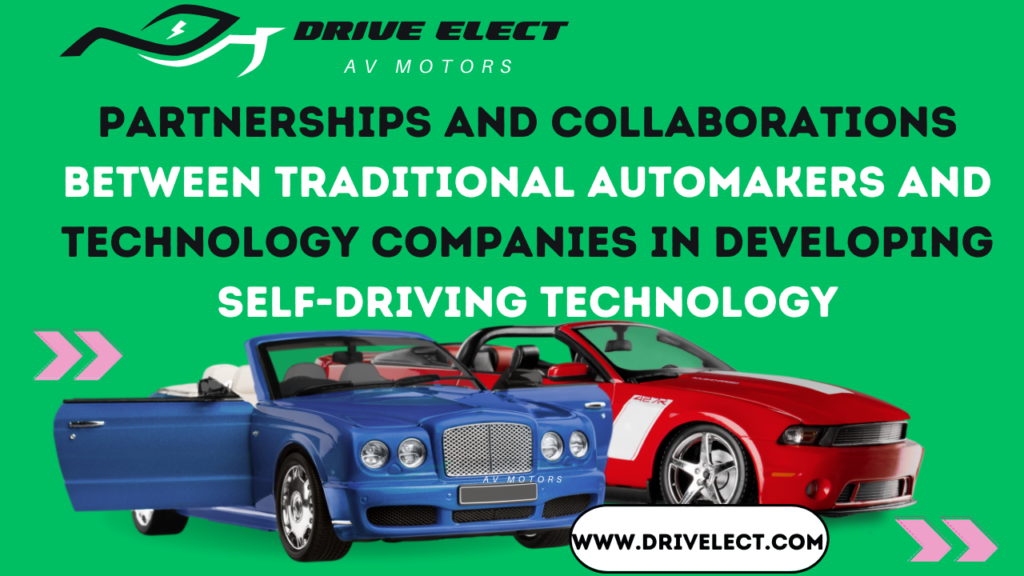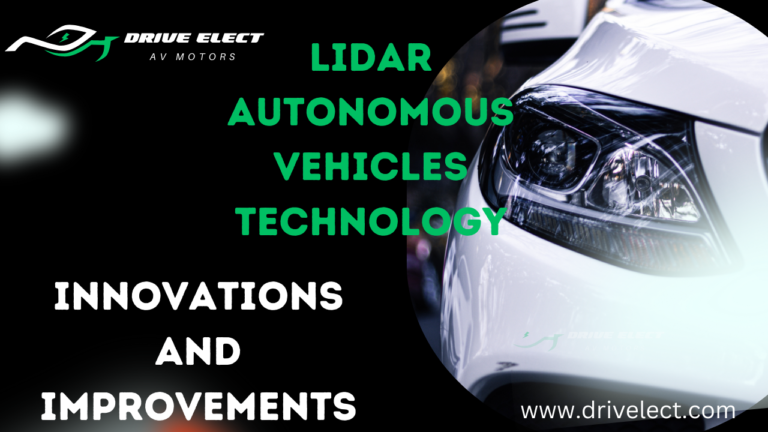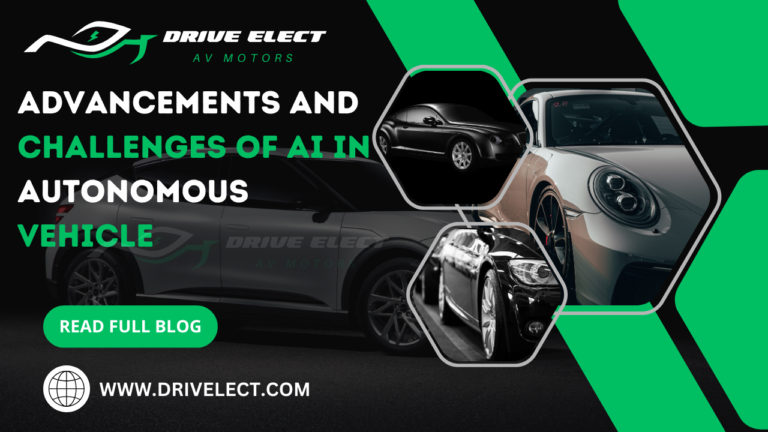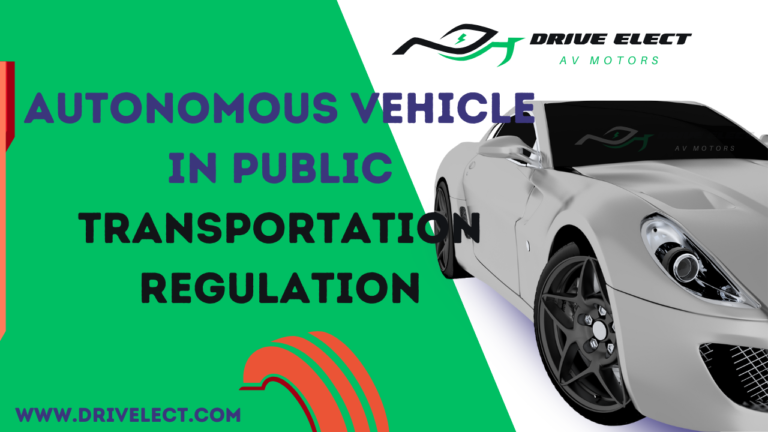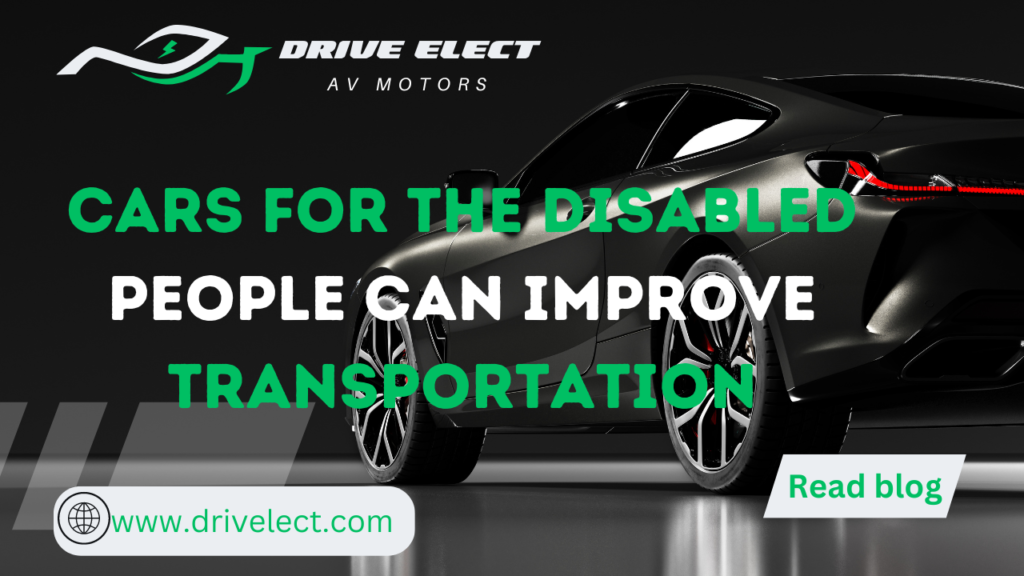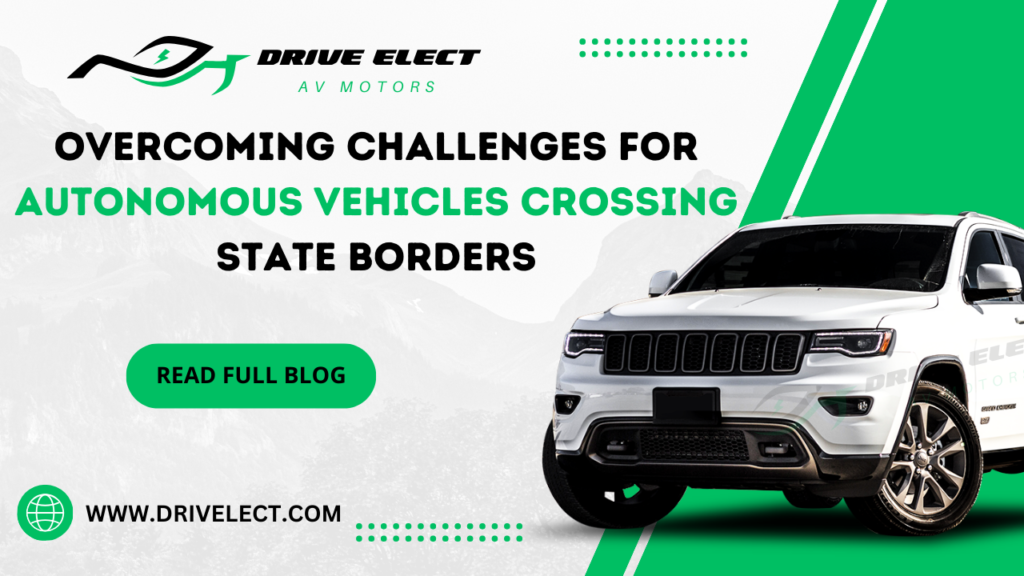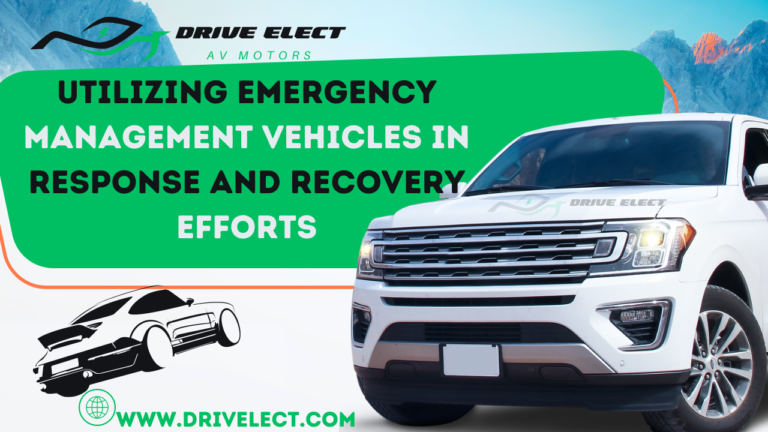Table of Contents
TogglePartnerships and collaborations between traditional automakers and technology companies in developing self-driving technology
The development of autonomous vehicles significantly changes how we think about travel. To make this happen faster, many different types of traditional automakers and technology companies are working together. This includes car creators, tech giants, small tech startups, research groups, telecom companies, and insurance firms. For example, General Motors has partnered with Lyft and Honda. Meanwhile, Ford is working with Google, AT&T, and Amazon.
Toyota is teaming up with Microsoft and investing heavily in research. These partnerships are essential because they help companies share knowledge, risks, and costs. They are also crucial for the self-driving car industry’s growth and rapid change. This collaboration across sectors shapes how the AV industry develops, competes, and evolves. These partnerships are essential for the future of self-driving cars. Here we will explore how Partnerships collaborations works between traditional automakers and technology companies in developing self-driving technology.
Inventory and analysis of AV partnership deals:
Traditional automakers and technology companies are teaming up to develop AVs. And each brings something unique to the table. Car makers have the know-how in designing, testing, building, and trading cars and a network of dealerships. Technology companies, meanwhile, are great at creating the software. They are needed for self-driving, like GPS maps and data security.
These partnerships are essential because making autonomous vehicles requires both sets of skills. Tech companies can focus on long-term tech needs without the immediate pressures. That carmakers face, like market demands or union issues.
Water Street Partners is keeping an eye on these partnerships. They are studying and reporting on how carmakers and tech firms work together. What do these partnerships mean economically, and what can we learn from them?
Traditional automakers and technology companies are joining forces to make self-driving cars a reality. Each brings their expertise to the project by working together. They can cover all the necessary bases, from building the car to encoding it. This teamwork is crucial for the future of self-driving vehicles. They have found that there are six main ways these partnerships are set up;
The collaboration of carmaker and technology firm:
Carmakers and tech concerns are working together to speed up the making of AVs. They focus on building both the parts and the software needed. These partnerships come in different forms. For example, Ford and Google have created a joint venture. They’re combining Ford’s car-making skills with Google’s software for self-driving cars. This helps them cover everything from making the car to selling it. While also managing the risks include.
Other partnerships might focus on just one car part or a single technology. Toyota and Microsoft, for instance, are joining forces for five years to improve car connectivity and security. Smaller software companies usually help with designing specific parts of the software.
GM, Volkswagen, and Mobileye have teamed up to develop new mapping technology for autonomous vehicles. This shows how carmakers are joining forces with tech firms in various ways to advance autonomous vehicle technology.
The partnership of 2 or 3 carmakers:
Traditional automakers and technology companies are working with more than one companies. But also with each other to make self-driving cars and connected-car technologies. They usually do this through research and development (R&D) partnership agreements. Sometimes, they form joint projects. For example, General Motors (GM) and Honda are thinking about working together more on self-driving tech, IT, and electric cars. This is on top of their current work on hydrogen fuel cells.
Another example is the alliance between Daimler, Renault, and Nissan. They are already making electric vehicles (EVs) together and are now looking into self-driving technologies. Generally, these carmaker partnerships focus more on car development than creating the leading self-driving software.
The partnership of car maker & ride-sharing firm:
Car makers are not only working with tech. Other car companies but also with ride-hailing and car-sharing services. They sometimes even buy smaller software companies. This helps them improve the technology behind AVs. For instance, General Motors (GM) invested $500 million in Lyft to work on self-driving car fleets. They also created a joint venture to provide Lyft drivers with connected GM cars for short-term rentals. Ride-hailing companies themselves are getting into these partnerships, too. For example, Uber teamed up with BYD, a company in Warren Buffet’s portfolio, to test electric cars in the U.S.
Partnership with academic or government institutions:
Technology firms, universities, and government research centers have data science and telematics expertise, which is essential for self-driving technology. Carmakers are cooperating with these academic and research institutions. For instance, Toyota invested $1 billion in its own Toyota Research Institute. They plan to create research centers near Stanford and MIT for self-driving tech. Nissan is working with NASA’s Ames Research Center to improve the autonomous features of their electric Nissan Leaf’s. It’s not just carmakers getting involved. Uber, a ride-hailing company, partnered with Carnegie Mellon University to develop its self-driving technology.
The partnership of suppliers or carmakers:
Automotive suppliers make car parts and are also crucial in making connected AVs. By working with other suppliers, they can learn faster and support their role in the market. For example, Autoliv, a supplier, focuses on self-driving car technologies. They joined with Nissin Kogyo to improve car safety systems and develop new braking technologies for self-driving cars. Autoliv’s parts are also used in Mercedes-Benz cars for features like auto-pilot and emergency braking. Moreover, Autoliv is working with Volvo on a project in Sweden to test 100 self-driving cars on public roads.
Industry consortiums:
Carmakers form two main types of groups to work together. First, there are standard-setting consortiums. Here, carmakers join a non-profit alliance to agree on a common technology standard. They don’t own parts of each other’s companies. A big group like this could have many carmakers. For example, Ford is making a Smart-Device-Link system to connect cars with smartphones. Toyota and other carmakers like Peugeot and Honda are interested in it.
The second type is multi-party platform joint ventures (JVs). In these, carmakers own parts of a new company. This company develops technology that all the owners can use or sell. For example, German carmakers Daimler, BMW, and Audi created a joint venture to buy a digital map service called HERE. They might sell part of it to companies like Amazon and Microsoft.
Most companies use a mix of partnerships and research to develop AVs. However, Tesla is doing things differently. They are trying to build everything from making cars to creating self-driving software alone. This could give Tesla advantages in the integrated AV field, especially since they are already good at making EVs. This might lead to more innovations in the industry.
Apple, known for its secrecy, seems to follow a similar solo approach with its “Project Titan.” They’re hiring lots of experts in self-driving technology. Plus, with over $200 billion. Apple could buy other companies if needed to improve their AV technology.
Caution: Slippery when wet:
Partnerships are helping to push forward new ideas and products in the autonomous vehicle industry. But it’s important to remember that these partnerships can be shaky and only sometimes last long.
There are three main reasons why these partnerships can be unstable:
Uneven balance of power:
In partnerships between carmakers and tech companies, power needs to be balanced. Tech companies usually make more money because their business is high-margin. In contrast, carmakers often work with smaller profits. Also, many car makers are trying to develop self-driving tech, but only a few big tech companies are in this space. This means carmakers are more easily replaced in these partnerships than tech companies. The difference in how much money they make and their roles in the self-driving car market create an uneven power dynamic in these partnerships.
Disparate corporate interests and cultures:
Traditional automakers and technology companies usually want different things from their partnerships. Aim to make and sell unique cars, while tech firms prefer to create technology that many carmakers can use. This difference can lead to conflicts. They might go their separate ways, although not all partnerships will break up. In some cases, they might find a way to work together, each focusing on a specific part of the business.
Also, traditional automakers and technology companies often have very different ways of working and thinking. This difference in corporate culture can make it hard for them to work together in the long run. While some companies try to adapt and change, these cultural differences add another challenge to maintaining stable partnerships.
The rapid pace of change and innovation and level of uncertainty:
The AV industry is changing very quickly. It’s also uncertain because the technology is new, and laws still need to be made. We are curious to know if people want these cars yet. This situation makes it hard for long-term partnerships to work. That’s why most companies prefer to work together more straightforwardly, like alliances, instead of creating new joint companies. Setting up these mutual companies takes a lot of time and effort, and changing or ending them is harder if needed. Alliances are easier to manage and adapt in this fast-changing industry.
The way companies are partnering in the autonomous vehicle industry has happened before in other sectors. In the past 20 years, similar partnerships and challenges have been seen in areas like energy storage, wind energy, biofuels, and healthcare data. Even earlier, we saw this in biotech, online banking, global telecom, and the early Internet era. This pattern of partnership is familiar; only the players are.

